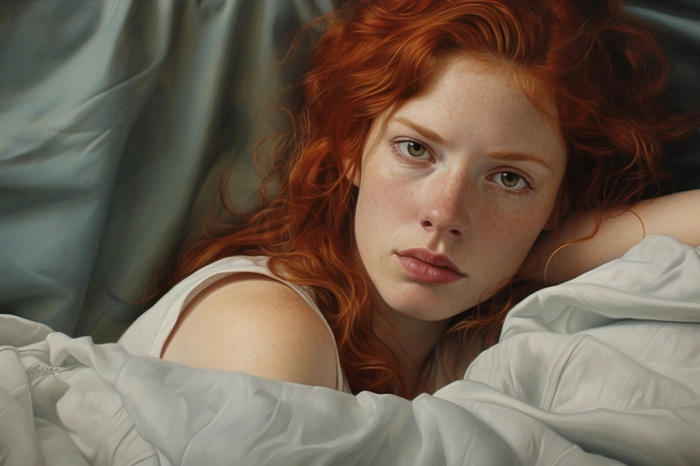Artists, designers, and AI art enthusiasts may find it useful to have a convenient method for incorporating colors from existing images, such as stock photos, into their own creations. This eliminates the need for crafting complex prompts; instead, you can simply choose an image or photograph and instruct the Stable Diffusion AI model to blend its new output with the colors of your selected image. This technique is compatible with various elements, including colors, textures, lighting, landscapes, and even personal photographs.
What is Stable Diffusion?
Stable Diffusion represents a notable leap in the field of AI-generated art by providing a text-to-image diffusion model that’s capable of producing photo-realistic images based on text inputs. One of its most compelling features is the ability to infuse creations with colors, textures, and other visual elements from existing images.
This functionality streamlines the creative process by removing the need for intricate prompts. Artists can simply choose an image—be it a stock photo, a landscape, or even a photograph you have taken yourself—and instruct the model to incorporate its visual elements into the new piece. This feature opens up a whole new realm of artistic possibilities, from mood-setting to storytelling, by allowing elements from one work to influence another.
Upgrading to Stable Diffusion XL amplifies these capabilities. Shorter prompts can be used to achieve more descriptive outcomes, making it easier for those who may not be adept at crafting complex textual instructions. Moreover, the XL version enhances image composition and face generation, making the resulting visuals not only stunning but also hyper-realistic. The ability to generate words within images adds another layer of expressiveness, allowing for a blend of textual and visual storytelling.
Img2Img
Img2Img is a technique in image-to-image translation that uses deep learning to transform one image into another, trained on large datasets of paired images. This technology finds diverse applications across multiple sectors. In content creation, it helps designers and artists create visually appealing images from simpler ones, such as turning a sketch into a detailed illustration or changing a daytime scene to nighttime.
For data augmentation in computer vision, it enhances training datasets by creating variations of existing images, thereby improving the performance of machine learning models. In the realm of visualization, scientists and researchers use Img2Img to represent complex data more intuitively, like converting satellite images into maps or transforming medical scans into 3D models.
Color infusion Stable Diffusion techniques and more
The technique is a game-changer, particularly for those who have struggled with creating complex prompts. Now, all one needs to do is select an image or photograph and instruct the Stable Diffusion AI model to infuse its new creation with the colors of the original imagery. This method works seamlessly with a variety of elements, including colors, textures, lighting, landscapes, and even personal photographs.
Other articles you may find of interest on the subject of Stable Diffusion :
The image-to-image technology at the heart of this technique, takes color information and composition elements from the provided image and merges it with the user’s prompt, resulting in a unique piece of art that reflects the user’s vision and the original image’s aesthetic. It works well with images of textures, lights, and landscapes, and even with photos taken by the user. Users can also experiment with random images and photos to see how they interact with the your prompts to create unique AI artistry stop
The ControlNet extension in Automatic 1111 further enhances the user’s control over their images. To use this feature, it needs to be installed from the extensions tab, and specific models need to be downloaded. Once installed, the ControlNet panel can be found under the image-to-image settings after restarting.
The magic of image manipulation using versatile tools such as Adobe Photoshop opens up a world of possibilities. Tweak an image’s color palette to create a radically different mood. With Photoshop, you can blend, clone, crop, and apply numerous effects to your images, perfecting them before you ever hit the ‘upload’ button in Automatic 1111.
One of the most appealing aspects of this technique is its user-friendliness. It does not require writing a huge, complicated prompt, making it accessible to beginners and seasoned artists alike. It’s more than simple manipulation; it’s about elevating your art to uncharted territories.
Filed Under: Guides, Top News
Latest Aboutworldnews Deals
Disclosure: Some of our articles include affiliate links. If you buy something through one of these links, Aboutworldnews may earn an affiliate commission. Learn about our Disclosure Policy.







